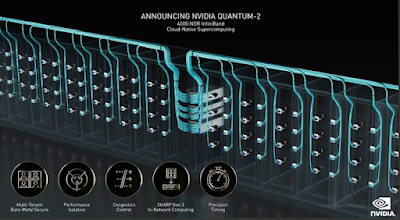Nokia is rolling out multiple Software-as-a-Service (SaaS) services for communication service providers (CSPs). The company is targeting a SaaS addressable market, comprised of CSPs and enterprises, with a value of $3.1 billion for the 2021-2025 period and an annual growth rate of approximately 25-30%. Nokia is in discussions with several CSPs around the world about using its SaaS services, including security.
Nokia said the shift to SaaS reflects a culmination of steps Nokia has taken in recent years to enhance CSP network operations, including rearchitecting its software applications to make them fully cloud-native and deployable in any cloud environment, edge, public or private. The SaaS rollout includes:- Nokia Data Marketplace (NDM) -- launched “as a service” earlier this year, the new SaaS version of NDM offers enhanced automation, efficiency and scalability to CSPs and enterprises in a variety of industry verticals, including energy, public sector, transportation, and smart cities.
- Nokia NetGuard Cybersecurity Dome - to be commercially available in early 2022, enables CSPs to assure 5G networks and monetize security tied with services like 5G slicing.
- Nokia Anomaly Detection - a machine learning service aimed at finding and remediating network anomalies before they affect network customers. Based on Nokia Bell Labs technology, Nokia Anomaly Detection helps CSPs improve operational efficiency and will also be commercially available in early 2022.
Nokia expects to combine these independent services into three high-value SaaS “suites” focused on Digital Engagement, Marketplaces and Networking, each composed of integrated SaaS services. Some SaaS services within these suites, such as security, will provide value across suite domains. Additional SaaS for CSP services will be announced in early 2022.
Raghav Sahgal, President of Cloud and Network Services at Nokia, said: “The convergence of 5G, cloud native software and SaaS creates a great and fast-growing opportunity for Nokia. With the groundwork we’ve already been laying, our SaaS delivery framework is in a very strong competitive position. It enables a combination of rapid time to value with on-demand access for Nokia SaaS applications and low cost of ownership, based on a pay-as-you-go / pay-as-you-grow commercial model. This is a multi-year journey and we are going at it aggressively.”





















